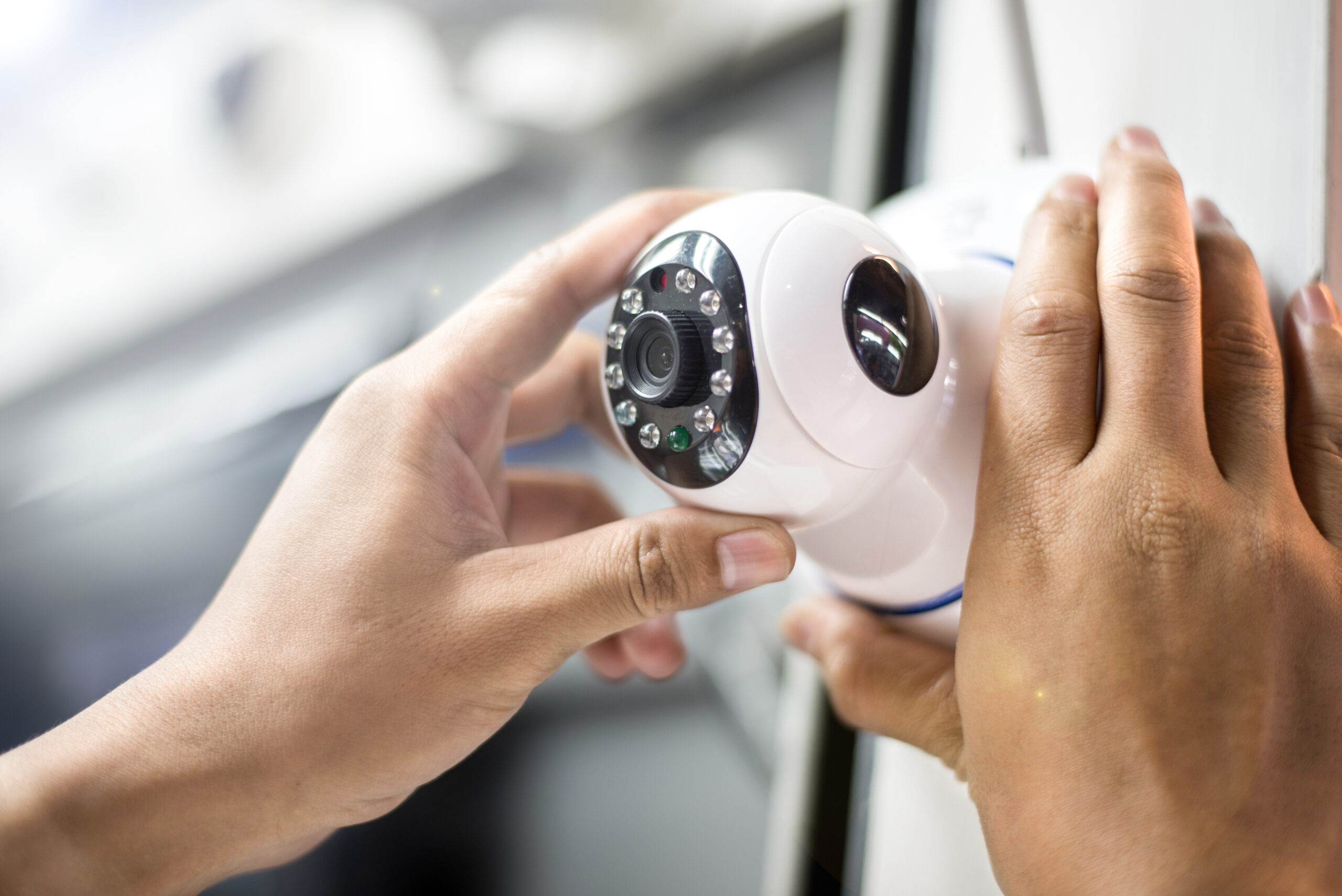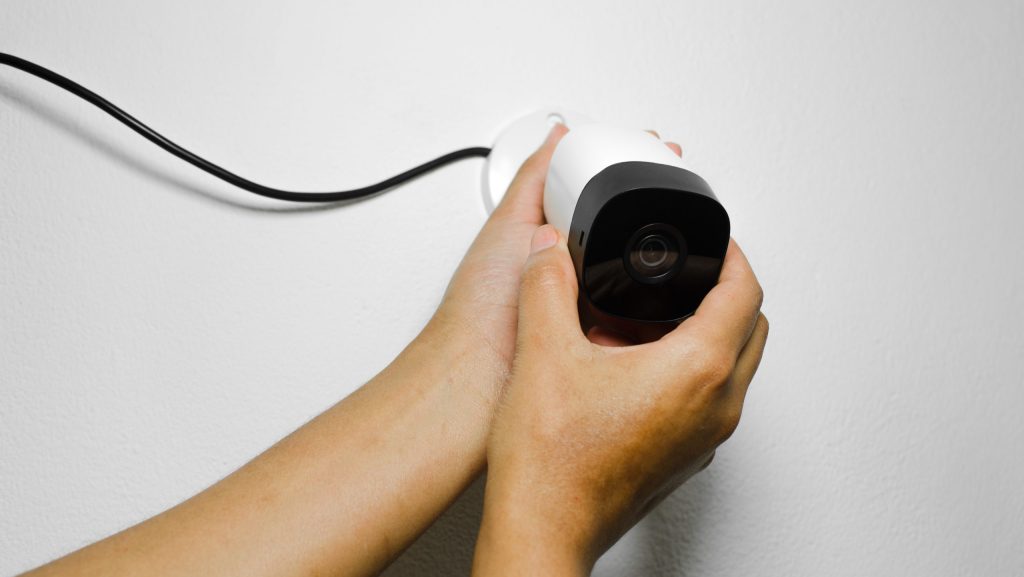Security Installation: Unmatched Quality Assurance

Quality assurance in security installation is super important for safety. It makes sure everything works right. With more security issues happening, quality assurance teams have a big job to do. They help stop problems before they start. How good the technicians who do the installing are really matters.
Their training and know-how affects how well things get put in. Companies need to be sure their installers are experienced and well-taught. That helps avoid installations that aren’t up to snuff [1]. Keep reading to learn more about how quality assurance helps keep security solid!
Key Takeaway
- Quality assurance ensures security systems are reliable and effective.
- Following industry standards helps protect sensitive data and assets.
- Investing in QA leads to long-term cost savings and improved user experience.
Understanding Quality Assurance in Security Installation
Making sure everything is done right in security installation is what quality assurance is all about. The quality assurance team checks that the cameras, alarms, and entry systems are put in correctly and work like they should. They test these security tools to find any holes in the protection before big problems happen. The team might ask questions like “Are the alarms too jumpy?” or “Do the cameras see all the important spots?” Doing this helps make sure the security setup is trustworthy and can handle cyber threats in a good way.
Why does this matter? Quality assurance keeps security systems working how they ought to. It helps avoid false alarms, which can waste time and resources. When alarms go off for no real reason, it can cause panic and confusion. Folks might then lose trust in the security setup. Gaining people’s trust is crucial. Folks want to feel safe, knowing their security stuff truly works [2].
By focusing on quality assurance, security crews can lower risks. They can ensure sensitive information is shielded from potential threats. This preventative approach not only improves safety but also makes the overall user experience better. When people feel secure, they can focus on their daily activities without worry.
Key Components of Quality Assurance in Security Installation

Quality assurance for security setups has a few key pieces that help make sure things get done right. These parts are:
Organized Processes:
QA means following clear steps during installation. This means planning, testing, and maintaining the security stuff. Each step is checked to be sure everything meets high standards. A well-thought-out process helps avoid mistakes and makes sure of quality.
Always Improving:
Security threats are always changing. QA teams keep watching systems to find ways to make them better. This means staying up-to-date with new tech and methods to protect digital stuff. Regular upgrades and improvements are essential to keep security strong.
Focusing on the Customer:
Quality assurance focuses on what customers need. By understanding their needs, security teams can give better solutions. Listening to clients leads to services tailored to their specific situations. This approach makes for happier clients and stronger relationships.
These parts work together to ensure security systems aren’t just installed but actually work and are reliable. Each piece plays a role in making sure the whole system functions well. This makes sure security measures are always ready to handle any issues that come up.
Best Practices for Quality Assurance in Security Installation
To make sure security setups are top quality, there are some best ways to go about it:
Regular Check-Ups:
Do site visits to check everything’s working right. This helps find any issues early. Regular checks can stop small problems from blowing up later.
Code Reviews:
QA teams should look over the code used in security software. This makes sure there are no weak spots bad actors could take advantage of. Checking the code lets teams find and patch holes before they become an issue.
Risk Checks:
Regularly look at possible risks to spot weak parts of the security system. This helps make informed choices about upgrades or changes. Knowing the risks helps teams plan better and guard against them.
Testing Security:
Do thorough testing of all security stuff. This includes pretending to attack to see how well the system holds up. Testing finds spots hackers could target.
Training Security Crews:
Make sure security officers and teams know best practices. This includes responding to emergencies and maintaining security measures. Well-trained staff can act fast and smart if an issue comes up.
By sticking to these practices, security teams can be sure their setups are effective and reliable. Following these steps helps keep high standards and builds trust with clients. When security systems are well-managed, everyone feels safer.
The Importance of Compliance in Security Installation
Following industry rules is key for quality assurance when installing security stuff. Security systems need to stick to regulations to be safe and work right. This helps protect private data and stops security problems. Having these standards is like having a safety net. It keeps everything secure and smooth.
Some important standards are:
ISO/IEC 27001: This helps organizations securely manage sensitive info. It sets the rules for protecting data.
PCI DSS: These standards are essential for guarding payment card details. Following these guidelines prevents data breaches.
Sticking to these standards boosts trust in security solutions. Customers want to know their security measures meet legal needs. Following the rules not only helps avoid penalties but also builds trust with clients. Knowing a company sticks to industry standards gives peace of mind.
When security teams focus on compliance, they make a safer place for everyone. It shows they care about protecting their clients and take their job seriously. This commitment to quality assurance is crucial today.
FAQ
What is security quality assurance and why do we need it?
Think of security quality assurance as your safety net in software development. QA helps catch problems early by watching over secure coding and making sure testing ensures everything works right. The development process includes quality control steps where the security team checks for flaws. It’s like having a super-careful friend double-check your work to keep it safe.
How do we keep buildings and assets safe?
Security guards and officers work with advanced security systems to protect places. They follow post orders during site inspections while continuous monitoring watches everything 24/7. This approach ensures nothing bad happens to physical security. Security personnel also regularly check for areas for improvement, just like having both alert guards and smart cameras working together.
What does a security team do to protect computer systems?
Security teams run the entire security program. They handle everything from access control to emergency response. They watch for security incidents, check security protocols, and protect sensitive information. They also work on risk assessments to spot trouble before it starts. Think of them as digital bodyguards who keep unauthorized access away from your valuable stuff.
How do we test if security actually works?
Security services use penetration testing – like friendly hackers – to test defenses. They check security integration points and look for security vulnerabilities. These tests help identify potential weak spots through careful risk assessments. It’s similar to testing a fence by trying to climb it (safely!) before the bad guys do.
What makes a good security plan?
A solid security program needs clear policies and procedures. Security operations should focus on continuous improvement while meeting all security requirements. This includes everything from secure remote access to proper project management. Quality control helps maintain high quality protection while keeping client satisfaction strong – like having a really good recipe for safety.
How do we make sure computer code is safe?
Code review is like spell-checking for security. Software development companies use secure coding practices and continuous integration to keep things safe. The quality assurance program watches software quality through the whole development process. Security assurance steps help catch problems early, like having an extra careful editor check your work.
How do we learn from past security projects?
Case studies help in evaluating security by showing what works and what doesn’t. They help software development teams spot potential security issues and suggest better security performance. By studying past security incidents, teams can improve their roles and responsibilities. It’s like learning from your friend’s mistakes so you don’t make them yourself.
Why is good service important in security?
Customer service matters just as much as strong security measures. Security guards need clear post orders to know what to do, while the security team works to provide effective security. Digital assets stay safe while clients stay happy – just like a friendly but careful bank teller who protects money while helping customers.
How does security testing work in computer safety?
QA in cybersecurity is like having a special detective for computer safety. The security assurance process looks specifically for security flaws that could hurt digital assets. Testing ensures everything works while security testing looks for specific dangers. Think of it as having both a regular health check-up and a specialist examination.
What makes advanced security better than basic security?
Advanced security solutions are like upgrading from a simple lock to a smart home system. They combine physical security with high-tech tools for access control and emergency response. The system installation includes continuous monitoring and regular site inspections. This helps create effective security that catches problems quickly.
How do software companies keep projects safe?
Project management in software development includes security at every step. The development process uses continuous integration to check for problems, while quality control maintains high standards. Security requirements guide the whole process, like having a safety checklist that grows with your project.
How do we handle security problems when they happen?
Security operations handle daily protection while being ready for security incidents. When problems happen, emergency response teams use security protocols to protect sensitive data. They stop unauthorized access quickly and look for areas for improvement afterward. It’s like having both firefighters and fire prevention – you need both to stay really safe.
The Bottom Line
To wrap up, quality assurance for installing security is key to keep systems working right and being trustworthy. By putting systematic QA processes in place, sticking to industry rules, and following best ways to do things, security teams can make solutions that guard digital stuff and private data. How important these steps are can’t be oversaid, since they make sure everywhere is more secure for everybody. When done right, quality assurance means safer places for us all.
References
- https://squaresecurity.com/general-security/comparing-security-quotes/
- https://www.security101.com/services/installation-inspections-maintenance